
The distinctive arched top of the CNG Tower, now known as EQT Plaza, one of old Pa Pitt’s favorite postmodernist buildings in the city.
Comments

The distinctive arched top of the CNG Tower, now known as EQT Plaza, one of old Pa Pitt’s favorite postmodernist buildings in the city.

Now called EQT Plaza, this is one of old Pa Pitt’s favorite Postmodernist buildings from the 1980s “Renaissance II” boom. The architect was William Pederson of Kohn Pedersen Fox Associates.

A massive new apartment tower for Duquesne University students, and a big improvement in the Uptown cityscape (it replaced a parking lot). The architects were Indovina Associates, who designed the building in a subdued version of the currently popular patchwork-quilt style, with materials that harmonize well with the other buildings along the Uptown corridor.
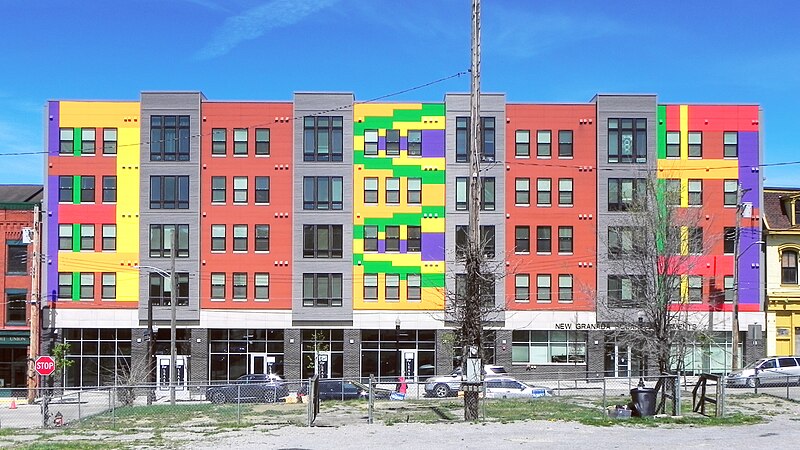
The patchwork-quilt style of architecture has been popular in the last decade, but this is by far the most colorful implementation of it old Pa Pitt has seen. The whole block that includes the New Granada has been redeveloped, and these cheerful apartments, with ground-floor storefronts, make this section of the Hill seem lively and inviting again.
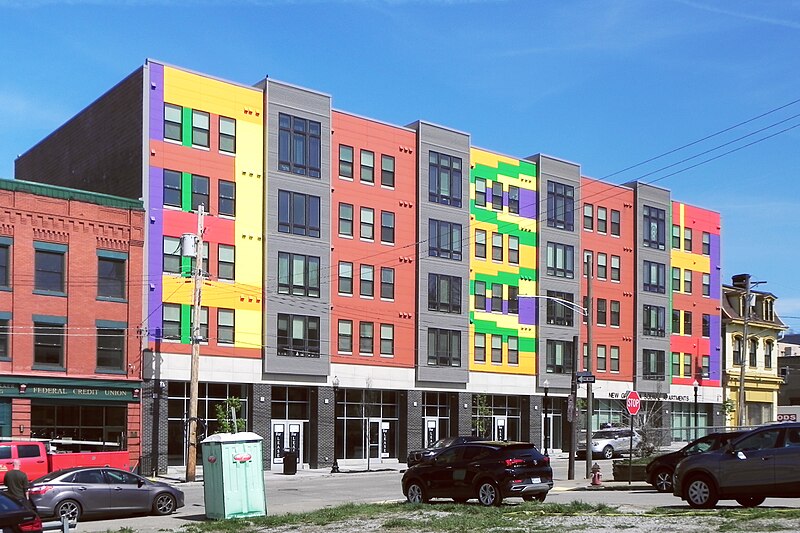
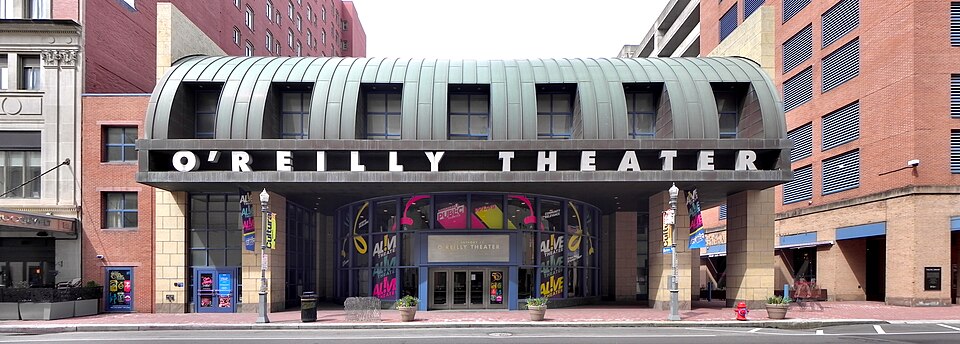
A quarter-century ago, the O’Reilly opened with a brand-new play by August Wilson (King Hedley II). That makes it a newcomer by Penn Avenue standards. But Penn Avenue has been the heart of the theater district for a century and a half, and the O’Reilly stands on the exact site of Library Hall, whose auditorium was used as the Bijou, Victorian Pittsburgh’s most prestigious theater, where touring stars like Dion Boucicault played. The site had been a parking lot for more than sixty years before the O’Reilly was built, but we can think of this theater as continuing the Bijou tradition.
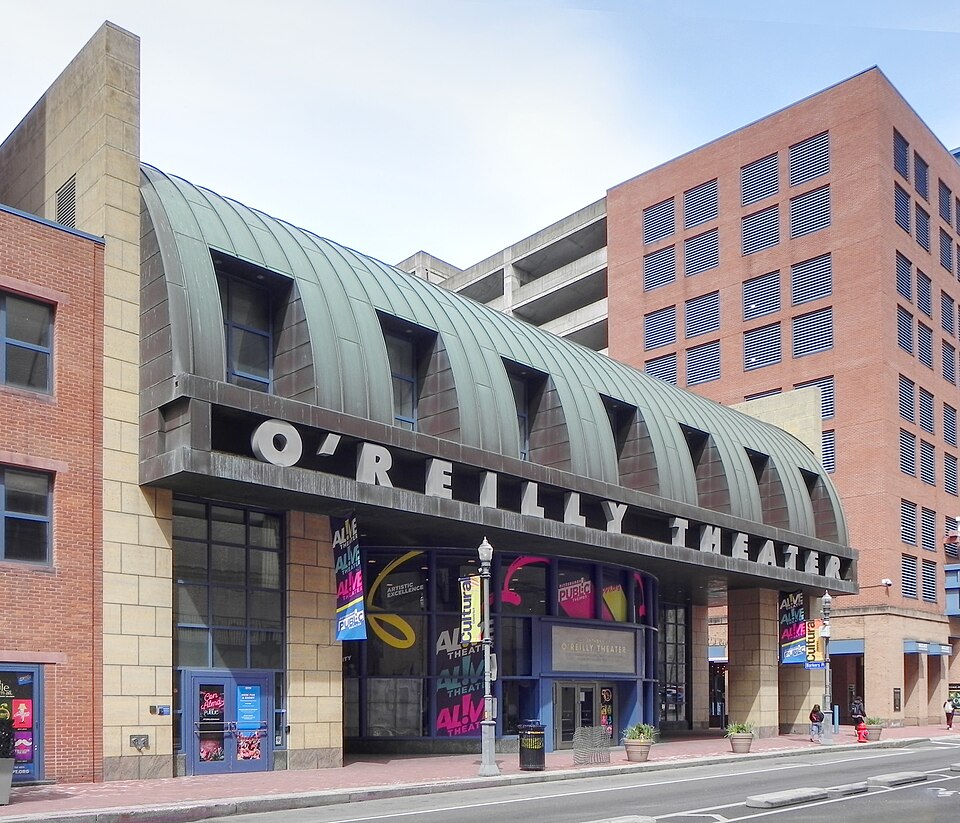
The building was designed by Michael Graves, the postmodernist whose brand of neoneoclassicism was influential in the movement. Mr. Graves also designed Theater Square next door, which houses the Greer Cabaret and a well-dressed parking garage.

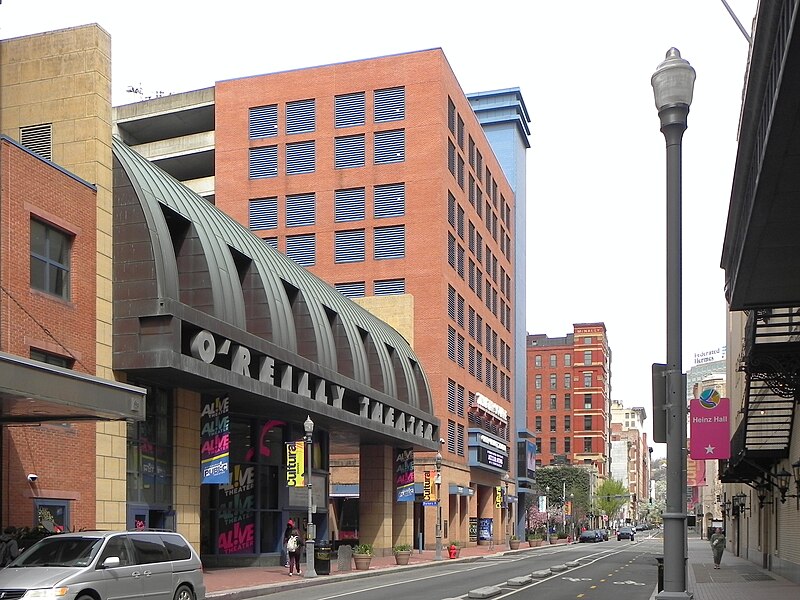
Old Pa Pitt has been dumping quite a load of pictures in these pages for the past few days. He realized that the pictures have been backing up and decided he ought to try to catch up with them. But how backed up were they? Here is a picture of the O’Reilly taken with a Kodak Signet 40 in June of 2000, when the building was only six months old. Father Pitt has never published it here before.
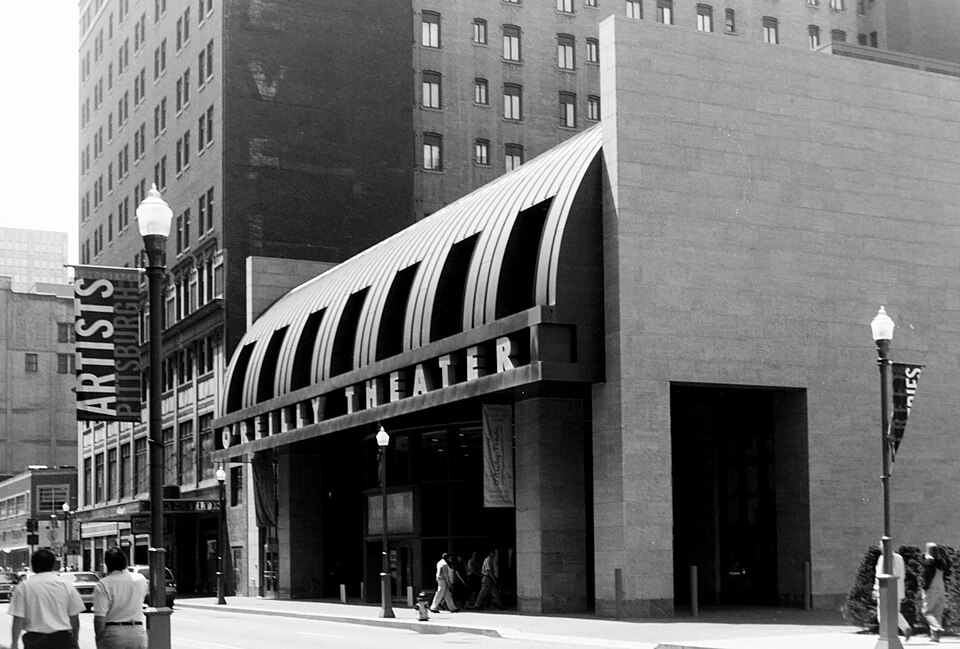

This is an old congregation, founded in 1837, and its adjoining cemetery has some stones dating from shortly after that. It has grown continuously; the building you see here was designed by Chauncey W. Hodgdon and built in 1915, and encrusted with additions fore and aft in later years. But the congregation (still Methodist, but advertising itself these days just as “Ingomar Church”) outgrew this church and built a much bigger one across the street; this is now the Ingomar Church Community Life Center.

The 1915 church was originally built very cheaply; its final cost of about $9,000 was roughly equivalent to the price of two middle-class houses at the time. A good history of the church was written in 1962 by Margaret L. Sweeney, and we take our information from that booklet (but we have corrected the spelling of the architect’s name).





The new building across the street is in a grandiose New Classical style that recalls colonial New England churches and refracts them through a Postmodernist lens.
Ingomar is an unincorporated community that straddles two municipalities. Most of the church grounds and the cemetery are in the borough of Franklin Park, but the border with McCandless Township runs diagonally through this building.